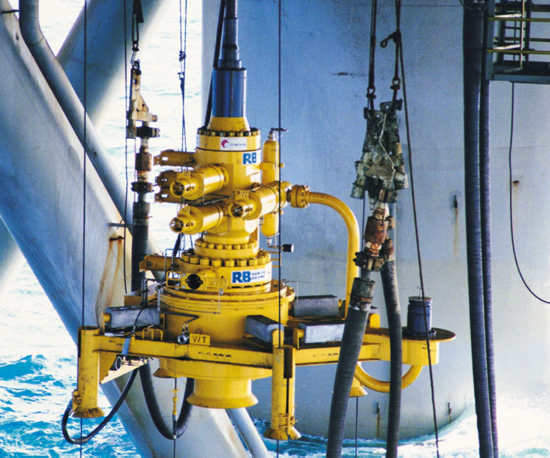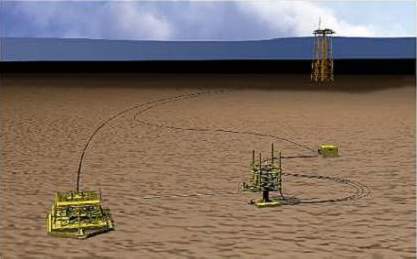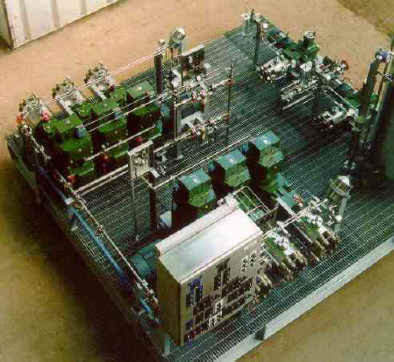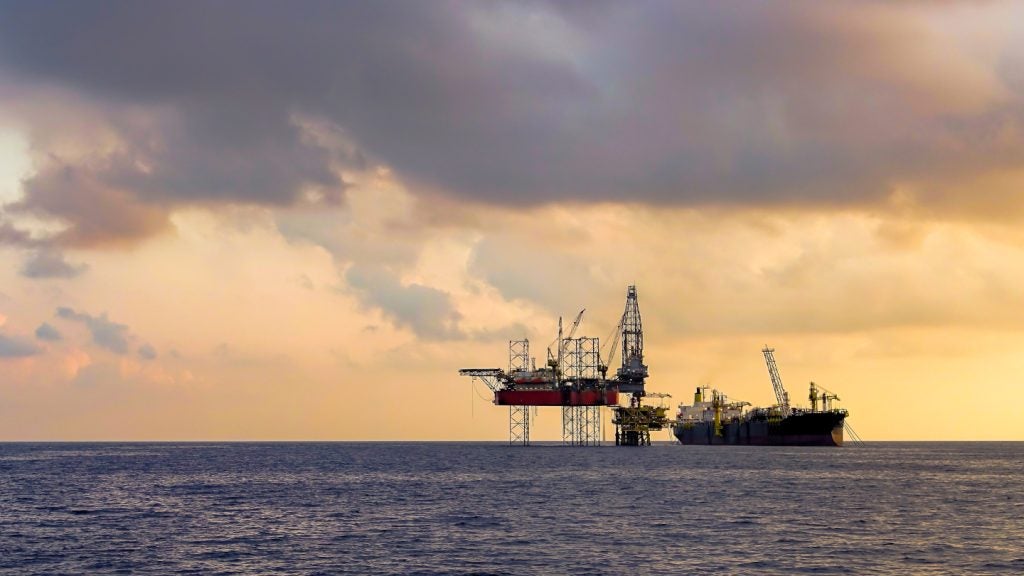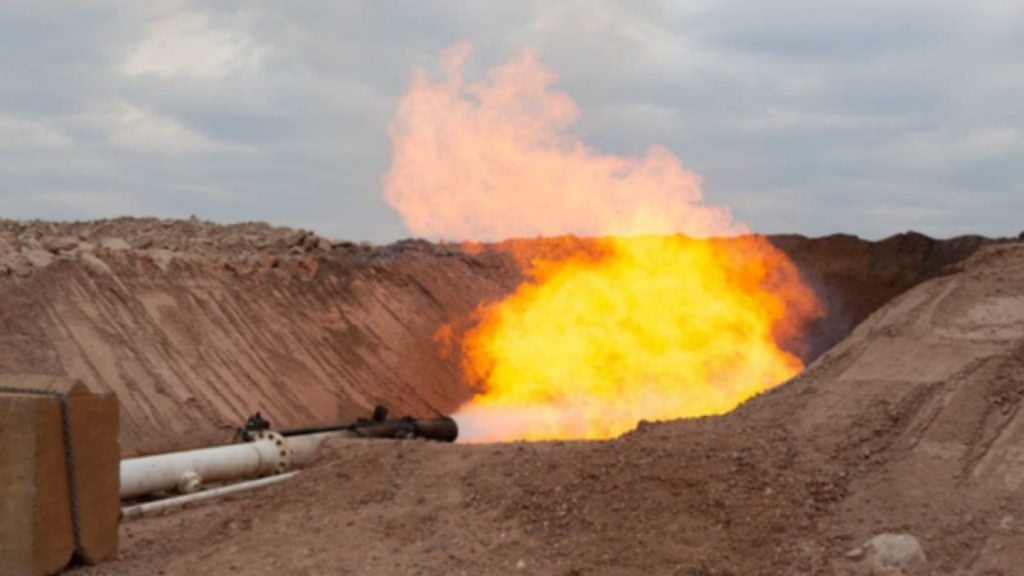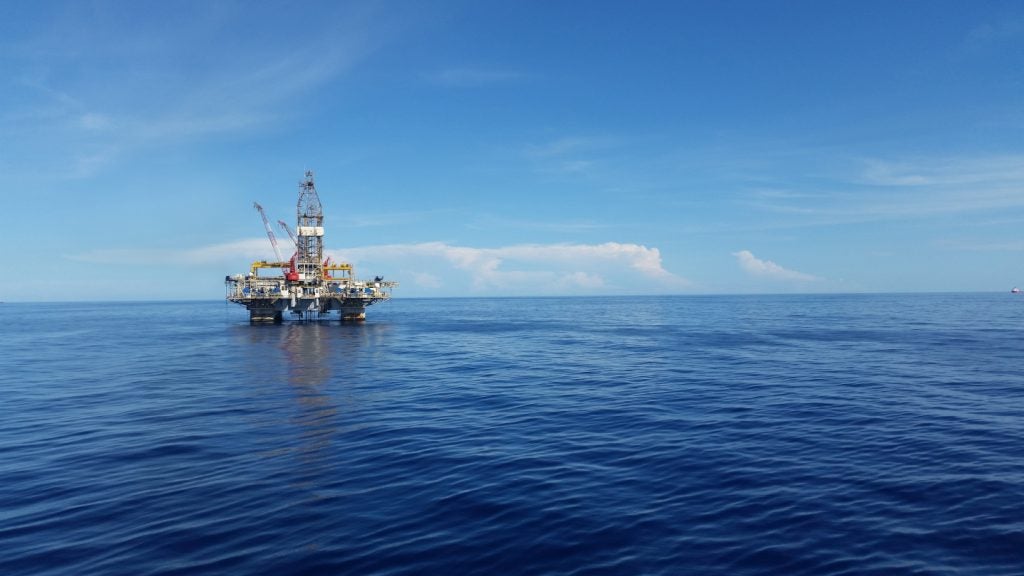Gyrfalcon came onstream in December 1999, based on the world’s first 15,000psi subsea tree.
This single completion is tied back to Shell’s GC-19 Boxer facility located 2.9 miles away. The final cost, including scope changes, is approximately $18.3m.
The Gyrfalcon field was originally discovered by well GC-20 no 1 in Green Canyon Block 20. The water depth at the well was 885ft and the depth was 750ft at the Shell Boxer host platform in Green Canyon block 19.
The well discovered high-pressure gas in a single sand layer located at approximately 17,850ft. The discovery was initially designated as the Shorts field.
Discovery
The field was eventually developed in a novel arrangement by the Reading & Bates subsidiary Devco.
The company took a 100% working interest in the field, with Shell retaining a net profit interest and the field name was changed to Gyrfalcon.
This work was managed by the use of three key contractors:
- Total Offshore Production Systems (TOPS) was contracted under a lump-sum, turnkey-based contract to provide the subsea hardware, installation, project management and engineering. It took the technical and commercial risk on the subsea equipment
- Applied Drilling Technology, Inc (ADTI) provided engineering and project management for the completion
- Shell carried out all the facilities modifications to its existing production equipment so as to process the well fluids at its Boxer platform
The field was developed as a simple one-well tie-back with a single full-pressure rated flowline, a steel pipe jumper, direct hydraulic controls and continuous methanol injection.
The subsea well recorded a bottom hole pressure of 14,700psig at a depth of 17,850ft. Based on this data, the design pressure at the tree level was calculated to be 12,200psig. This necessitated the development of the world’s first 15,000psig subsea tree.
Because of the modest reserves, shallow water and single productive zone, a mono-bore tree with suitable annulus-monitoring capabilities was deemed sufficient for the project requirements.
The tree was adapted by Cameron from an existing mono-bore mudline tree with modified components from its 10,000psig tree design.
The tubing spool used a modified 15,000psi, 18,3/4in drilling connector.
A threaded tree-cap riser connection was created to provide a low-cost riser interface, which was consistent with the intervention specifications of the mono-bore design.
The 15,000psig monobore tree took 12 months to design, manufacture, assemble and test.
Flowline and riser
A 6in 12,200psig-rated flowline and riser system was specified for Gyrfalcon.
Installation of a conventional riser was difficult and expensive due to the number of risers attached to the Boxer platform.
It was therefore decided that flexible pipe would be used, thus taking advantage of an existing conductor that had already been in service as a flexible riser J-tube on a previous project.
Wellstream designed a 12,200psig-rated, 5in ID riser, which tested a burst pressure above 25,000psig.
The riser was designed, tested, manufactured and accepted after ten months.
Umbilical and flying leads
DUCO manufactured a nine-tube, super-duplex stainless-steel tube umbilical, as well as various flying leads.
At the heart of the umbilical array are three 15,000psig-rated 12.7mm (1/2in) ID tubes. One is used for annulus monitoring. The remaining two are used for chemical and methanol injection.
The umbilical termination assembly and the tree were connected by flexible flying leads and stab plates, rated at 12,500psig.
Five high-pressure lines were required to accommodate the tree design.
The designers used Nylon 11 material for all the high-pressure lines. This had a burst rating of 40,000psig.
Jumper
The well jumper was one of the first to employ a 15,000psig-rated mechanical Destec connector.
This connector used an articulated clamp fastening with a single screw and its design was adapted to be installed and clamped by a standard ROV.
Boxer
Work included installing pressure piping and choke from the shutdown valve to the production equipment, as well as making modifications to existing surplus production equipment and the process control system.



